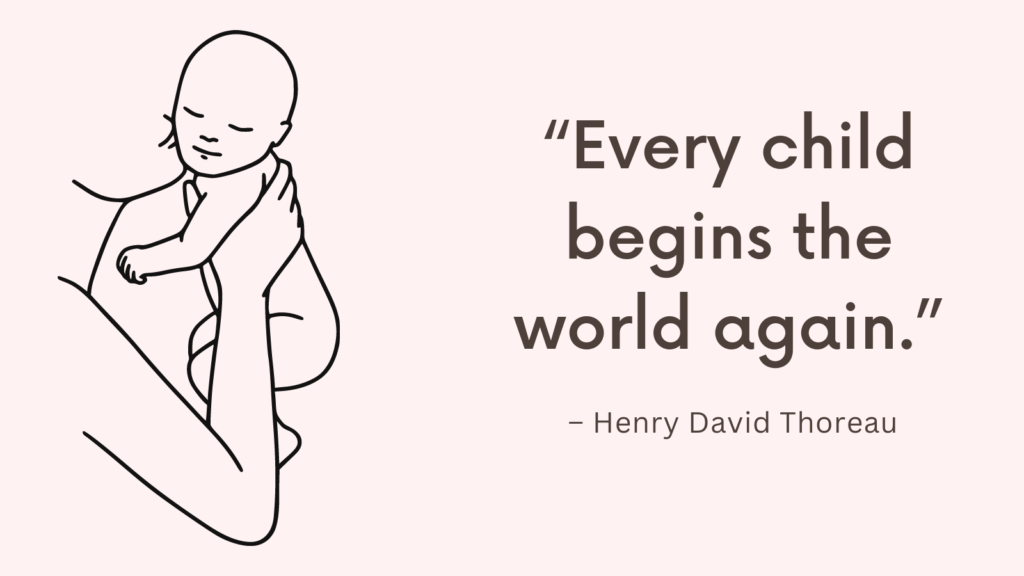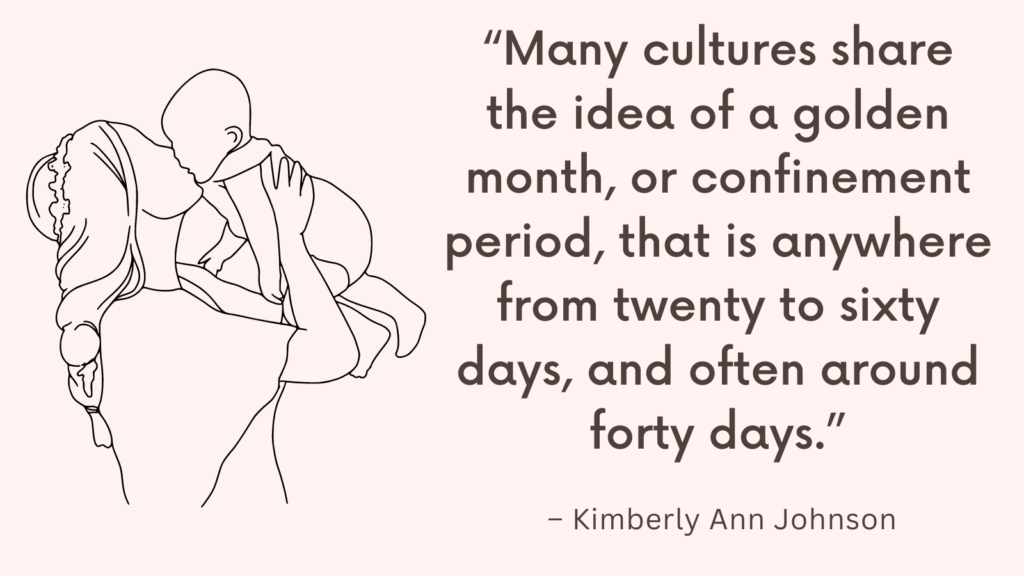This post contains some of the best C-section quotes.
Disclosure: Some of the links below are affiliate links. This means that, at zero cost to you, I will earn an affiliate commission if you click through the link and finalize a purchase.
What is a C-section?
A C-section, also known as a cesarean section, is a surgical procedure in which a baby is delivered through an incision made in the mother’s abdomen and uterus.
It is typically done when vaginal delivery is not possible or deemed unsafe for either the mother or the baby.
C-sections can be planned in advance for various medical reasons or they may be performed as emergency procedures during labor if complications arise.
Some common reasons for a C-section include:
1. Previous C-section: If a woman has previously had a C-section, it may be recommended to have another C-section for subsequent deliveries due to the increased risk of uterine rupture during a vaginal delivery.
2. Fetal distress: If there are signs that the baby is not coping well with labor, such as an abnormal heart rate pattern, a C-section may be performed to expedite delivery and ensure the safety of the baby.
3. Placenta previa: If the placenta partially or completely covers the cervix, a vaginal delivery can be dangerous and may result in severe bleeding. In such cases, a C-section is typically recommended.
4. Multiple pregnancies: If a woman is carrying twins or multiple babies, a C-section may be suggested to ensure the safe delivery of all infants.
. Maternal health conditions: Certain maternal health conditions, such as preeclampsia or active genital herpes, may increase the risks associated with vaginal delivery, making a C-section the safer option.
It’s important to note that each case is unique, and the decision to have a C-section should be made in consultation with a healthcare professional who can assess the specific circumstances and consider the benefits and risks of both vaginal delivery and C-section.
C Section Quotes
1. “Most of the pregnancy books we read, even our favorites, include just a few pages about Cesarean birth and recovery from it. What’s more, the bulk of the information about c-sections that does exist focuses on how to avoid them. The reality is that each year more than one million women in the United States undergo this procedure. We feel strongly that more attention needs to be given to Cesarean education. Cesarean surgery has saved the lives of countless women and babies in the last century. And childbirth is a miracle no matter how the baby is brought into the world.” – Maureen Connolly & Dana Sullivan
2. “A number of healthcare providers, including some OB/GYNs, believe that the Cesarean birth rate in the United States is too high and, in many cases, that surgical deliveries are unnecessary. “We have turned childbirth into a medical procedure,” is a frequent refrain.” – Maureen Connolly & Dana Sullivan
3. “While we certainly don’t believe that a Cesarean is the ideal way to give birth—and we would never encourage anyone to request a c-section for the sake of convenience —neither should women who have one feel that their birth experience is anything but extraordinary.” – Maureen Connolly & Dana Sullivan
4. “Childbirth by Cesarean is still childbirth.” – Maureen Connolly & Dana Sullivan
Related: How To Find A Doula? 21 Tips To Find The Best Doula For You
5. “It’s also worth noting one fact that is rarely brought up by the media: medical advances during the last several decades have made c-section surgery much safer, so today many physicians will opt for a Cesarean birth well before the situation becomes desperate.” – Maureen Connolly & Dana Sullivan
6. “The fact that the technique now used in about 90 percent of all c-sections—called a “low transverse” incision—has fewer complications than the vertical incision that was used for many years is one reason. This refined surgical technique has made it possible for women to attempt a vaginal birth after Cesarean (called a VBAC) in subsequent pregnancies.” – Maureen Connolly & Dana Sullivan
7. “It is generally believed that the term “Cesarean” originated with the surgical birth of Julius Caesar. At the time of his birth, babies were delivered surgically in order to save the life of a baby whose mother was dying or already dead. But it is known that Julius Caesar’s mother, Aurelia, was alive at least long enough to hear of her son’s invasion of Britain—making it unlikely that his was a surgical birth.” – Maureen Connolly & Dana Sullivan
Related: Top 17 Questions To Ask A Doula
8. “On occasion, physicians know at the very first prenatal visit that Cesarean is the most likely way the baby will be delivered: the mother may have fibroids that block the birth canal, or she may have a malformed pelvis due to a birth defect or an improperly healed pelvic injury.” – Maureen Connolly & Dana Sullivan
9. “Typically, multiples have higher rates of Cesarean deliveries than singletons because often they need to be delivered prematurely and are smaller than lone babies, both factors that put them at risk for experiencing life-threatening distress during labor.” – Maureen Connolly & Dana Sullivan
10. “Dystocia is the second most common reason cited for Cesarean delivery. The term describes a labor that has failed to progress or has become otherwise “dysfunctional,” making the birth attendants feel that the baby’s or the mother’s safety—or both—is in danger.” – Maureen Connolly & Dana Sullivan
11. “We know that there are plenty of pregnant women who would volunteer for scheduled Cesarean delivery—even if there were no medical reason for it. Maybe the anticipation of labor pains makes them uneasy, or perhaps they are unwilling to relinquish control of such an important event, or are worried about embarrassing themselves during labor.” – Maureen Connolly & Dana Sullivan
12. “Historically, Cesareans were performed to remove a baby from a mother who had died. Today, in the majority of situations, Cesareans are performed because they are medically necessary to preserve the health of the mother, the baby, or both.” – Maureen Connolly & Dana Sullivan
Related: Are Doulas Worth It?
13. “When a Cesarean is performed under urgent circumstances, it is usually because something unexpected has occurred during labor or sometimes, late in pregnancy. The Cesarean is medically necessary to preserve the health—or save the lives— either of the mother, the baby, or both.” – Maureen Connolly & Dana Sullivan
14. “There are women who give birth by Cesarean and care only to know the necessary facts, in this case, that their uterus was cut open to deliver their baby. Then there are women who, like us, become curious at some point for more details about the surgery they had days, weeks, months, or even years earlier” – Maureen Connolly & Dana Sullivan
15. “Due to the frequency with which Cesarean surgeries are performed, you can be assured that your OB’s skills won’t get rusty. While there are risks involved with a Cesarean, in many circumstances it is still safer for both mother and baby than forceps delivery, which used to be the only option for delivering a baby in a “difficult” situation.” – Maureen Connolly & Dana Sullivan
16. “A frequent frustration that women who deliver via Cesarean experience is the inability to be left alone with their partner to hold and snuggle their newborns within minutes of delivery. During pregnancy and in childbirth education classes, we hear so much about the importance of establishing an immediate bond with our newborn. If the circumstances of your Cesarean mean you’re unable to hold your baby as soon as he’s born, you may feel like you have somehow failed in this all-important endeavor.” – Maureen Connolly & Dana Sullivan
Related: Best 10 Doula Books
17. “We know we don’t have to tell you, but women who deliver by Cesarean have some special concerns during the postpartum period. For starters, you are much more fatigued than women who have vaginal births. You can expect to feel pretty wiped out for at least the next couple of weeks. It’s important for every new mom to conserve her energy, but it’s vital for women who are recovering from a c-section.” – Maureen Connolly & Dana Sullivan
18. “Even women who are scheduled for a Cesarean delivery may have been unprepared or distressed by some part of the experience. In addition to failure, you might also be overwhelmed and disappointed, and feel guilt, sadness, fury, rage, and betrayal. “I felt traumatized,” is how one woman put it.” – Maureen Connolly & Dana Sullivan
19. “If you had no problems dealing with or recovering from your first Cesarean, anticipating a repeat might not be a big deal. In fact, a “c-peat,” as we’ve dubbed it, might be your preference. But if you were disappointed by your birth experience, if you wonder if the Cesarean was really necessary, you might be more conflicted.” – Maureen Connolly & Dana Sullivan
20. “The reality: There are many different ways that we become mothers—through a marriage, adoption, a vaginal birth. And while a vaginal birth may be the desirable method of delivering a baby for a lot of women, having a baby by Cesarean section certainly doesn’t mean you’re any less of a mother.” – Maureen Connolly & Dana Sullivan
Related: Minimalist Hospital Bag Checklist (+Hospital Bag Checklist PDF)




